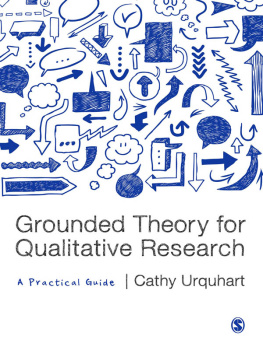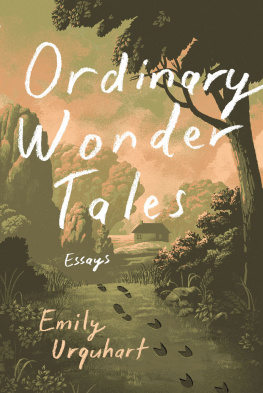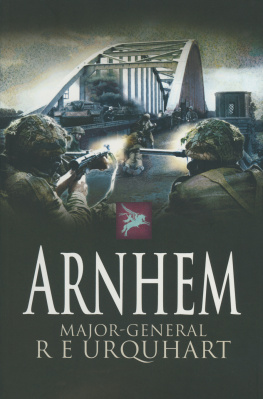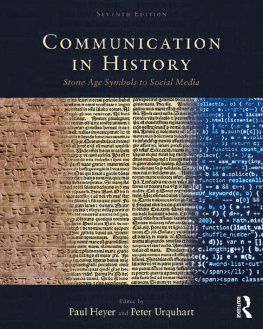CHAPTER XXV. Farewell to the Village The War of 1812 Elisha Boudinot.
A CHAPTER, at least, is needed in which to say farewell to the village days of Newark, in which to take a last look backward, before setting ones face toward the forces and influences that make directly for the Newark that we know today. The process of organizing the industries went on steadily throughout the first decade of the last century and more rapidly than ever during the next few years, but the charming village lost little of its attractiveness. Giffords Tavern was in the height of its fame by 1810. Writing of the period between 1805 and 1810, William C. Wallace speaks with enthusiasm of it.
Owing to the uncertainty of crossing the North River, he says, it had of necessity to be well kept, as all comfortable travel was in private carriages, and I have seen foreign ambassadors drive up to it and pass the night rather than risk the raging waters of the Hudson. It probably had very much to do with the early prosperity of Newark, and aided in showing the advantages of Newark to strangers. * * * Southerners visited here in great numbers. Wealthy men of pleasure made it their frequent resort. * * * The land east of New Jersey Railroad avenue was in farms on rolling ground, and more densely populated by game, large and small, than by man. * * * I emphasize the hotel for the opportunities it gave visitors to see the beauties, advantages and industries of Newark. It gave my father the opportunity to make excursions to other places, and to become perfectly acquainted with Newark. He found it pleasantly located on the Passaic River, with its beautiful bluffs, then only three depressions in its banks for docks, and it also possessed the great advantage which he required in a home for his family, religious and educational privileges. * * *
In those days there were distinctly two classes of society. One a limited class of educated and wealthy men, the other a large class of mechanics, and between them there was a strong bond of sympathy and the highest respect, and the capital and counsel of the former was freely given and accepted by the latter to the mutual advantage of all. * * *
Crossing the North River was a great barrier to intercourse with New York. The rowboat and the petti auger * * * were he only means of transportation. The petti auger was a two-masted vessel, without a deck, a little shelter in the stern, almost impracticable for conveying horses, which had to be hoisted in and out, unless you could make them jump. in unfavorable weather in crossing this boisterous water there was more observation and caution before starting than an ocean steamer would make now.
I remember my father, about 1810-12, moving his family to New York, reaching Paulus Hook about noon expecting to go right over, found the ferry-master and a small crowd consulting, and deciding it was too dangerous. We were obliged to lodge there for the night. When there was much floating ice, the rowboat was the only means of conveyance, by a series of dragging and launching by the sailors as you met floating ice or clear water, to the great discomfort and danger of the passengers.
The first improvement was in the use of twin boats driven by horse power, the horses first moving in a circle, afterward on a tread power. I am under the impression, and am almost certain, that until the twin boats were put on the North River, the travel to Philadelphia went chiefly by way of Elizabethtown. The horse power soon gave way to steam power. * * *
About the time Mr. Wallace has reference to, the following interesting statement as to the health conditions of the community appeared in the Centinel of Freedom, on January 2, 1810:
The remarkable and increasing healthiness of the town of Newark cannot better be attested than by the following exhibition of deaths for the last five years:
1805 Grown persons, 47; children, 43; total, 90.
1806 Grown persons, 27; children, 29; total, 56.
1807 Grown persons, 38; children, 31; total, 69.
1808 Grown persons, 38; children, 32; total, 70.
1809 Grown persons, 19; children, 16; total, 35.
Thus, notwithstanding the rapid increase in population in this town, the deaths in 1809 have been considerably less than one-half the number in 1805 and much fewer than in any year for five years.
NEWARKS FIRST WATER COMPANY, 1801.
Previous to 1812, says William C. Wallace, there had been laid water pipes to conduct water; almost every house, too, had its well till Mr. Sheldon Smith undertook to supply Newark with drinking water drawn from the many springs around into two reservoirs in Orange street, west of High street, and on his own grounds west of High street. He replaced the wooden logs with iron pipes, which sufficed until the present system was organized.
The present system mentioned above was that of pumping Passaic River water into reservoirs. As a matter of fact, Newark relied upon its wells exclusively for drinking water only until 1801. An aqueduct association or company was organized in 1800. It was a patriotic enterprise, like all the other movements for public benefit at that time. Its promoters agreed to supply each family with water for $20 a year, and a book for the subscription to stock was opened in Tuttles Tavern on February 5, 1800. Before subscribing to stock the people of the village were asked to go and view the place from whence the water was to be drawn, apparently to satisfy themselves of its good quality. The first reservoir was about 150 feet south from the line of what is now Seventh avenue, where there were a number of springs. The water area also extended some little distance northward and westward from High street, and probably took in one or more of the most ancient quarry holes, close by Mill Brook. The first directors were: Colonel John N. Cumming,
Nathaniel Camp, Jesse Baldwin, Nathaniel Beach, Stephen Hays, James Hedden, Jabez Parkhurst, David D. Crane, Joseph L. Baldwin, Luther Goble, Aaron Ross, John Burnet and William Halsey.
This Company, says Aldens New Jersey Register and United States Calendar, published in 1811 and 1812, and perhaps longer, and printed by William Tuttle, here in Newark, furnishes about two hundred families with water, conducted two miles and a half by bored logs, from three springs situate in the Western part of the town. The company meets annually in March to choose its officers. At that time Nathaniel Camp was president of the company, Caleb Bruen, superintendent; Stephen Cooper, engineer; Jabez Bruen, treasurer, and Joseph Walton, secretary. Not long after the first wooden pipes were laid (some of which are occasionally dug up by street excavators to this day, 1913), it is believed that the system was extended westward to take in some of the ponds and springs back of the Court House. in 1804 a dividend of $3 a share was declared. About the time the water supply was put in running order, the association adopted a by-law which shows that it found necessary at the very start to protect itself against greedy and unscrupulous individuals. The by-law explained that a stockholder would forfeit his stock if he supplied any other than his own family, manufactory, beasts, etc., with water from his house connection. After a time there were as many as seventy-three different springs and wells in the system.








